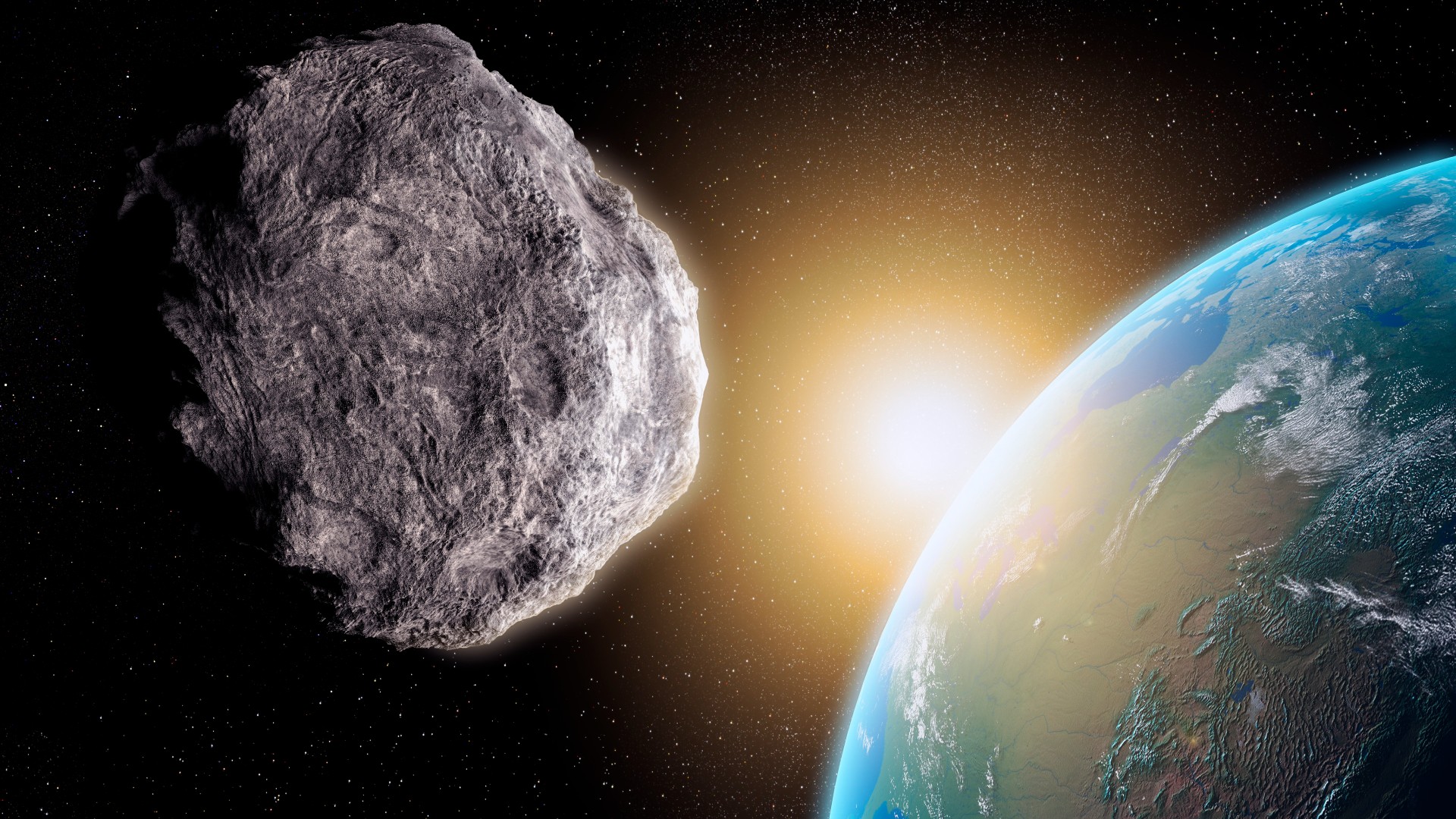Humankind has achieved to make significant progresses in space enabling it to intervene with the orbits of asteroids, and continue constantly making new discoveries in deep space. Having replaced the Hubble Space Telescope, the James Webb Telescope takes detailed photographs of the deep space opening up new horizons for scientists, which also results in some unsettling findings about asteroids that threaten our blue planet. Using the Dark Energy Camera in Chili, the astronomers have identified three asteroids hidden in the bright light of the Sun. Scientists suggest that these asteroids are of such a size that could cause a disaster if they hit a planet.
Scientists have come across some asteroids that had not been discovered yet while making research in an area that covers the orbits of the Earth and Venus. Out of the asteroids discovered by the astronomers, who use the Dark Energy Camera of the 4-meter M. Blanco Telescope in the Cerro Tololo Inter-American Observatory in Chili, two asteroids have a diameter of 1 to 1.5 kilometers. Therefore, these two asteroids are called “planet killers”. Researchers calculated the orbits of these celestial bodies to understand if they pose any risk for the Earth, resulting in the fact that there is no risk that two of these asteroids may hit the Earth. However, another celestial body with a diameter of 1.5 kilometer called “2022 AP7” has been classified as potentially dangerous. An asteroid is categorized as a “potential danger” when there is even a small possibility that it may hit our planet. Astronomers claim that in case the “2022 AP7” hit the Earth, the potential effect would be felt in more than one continent.

Having discovered thousands of celestial bodies near the Earth until now, astronomers suggest that it is hard to identify some certain asteroids due to blind spots. A meteor blew up over Russia in 2013 creating a shock wave causing 1500 people to be injured and more than 4 thousand 300 buildings to be damaged. Scientists failed to predict that this meteor would hit the Earth this since it had been on the blind spot.
DART Mission
There is a positive approach about the identification of new asteroids and it is thought that they would be prevented from hitting the Earth. The nearest example for this could be the Dimorphos asteroid. The US National Aeronautics and Space Administration (NASA) launched a spacecraft called DART in July for a trial for the planet defense, and this spacecraft intentionally hit the Dimorphos asteroid that was close to the Earth achieving to change the orbit.

About Asteroids
Rocks and metals in various sizes and shapes revolving around the Sun on a certain orbit are called asteroids. The zone that is called the Asteroid Belt is between Mars and Jupiter. This belt contains millions of asteroids. Although an asteroid is far smaller than a plant, it may have a diameter of hundreds of kilometers. It is known that there are at least 20 asteroids with a diameter of more than five kilometers, but among them, just a few ones have a diameter that is bigger than 10 kilometers. Scientists remind that there is a possibility that rock or iron asteroids with a size larger than 50 meters may reach the surface of the Earth about once every 100 years, causing local disasters.


